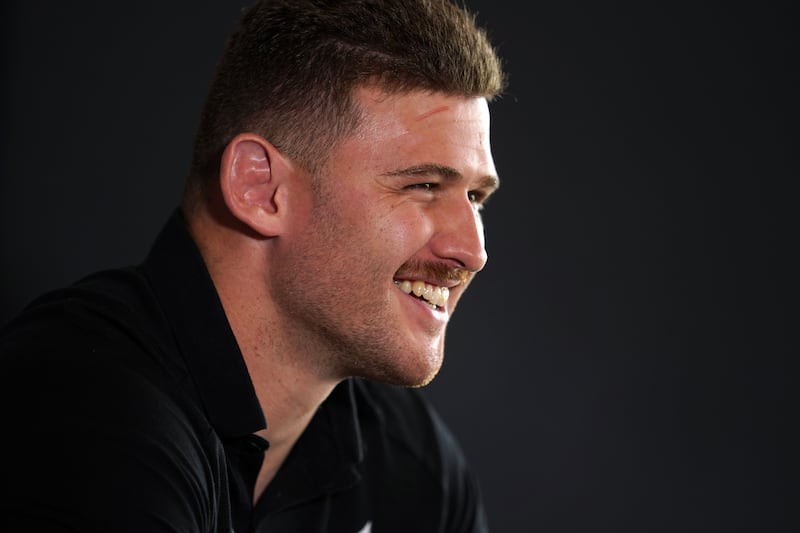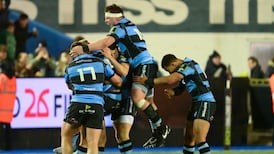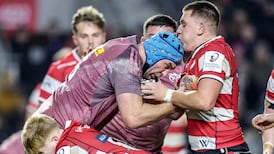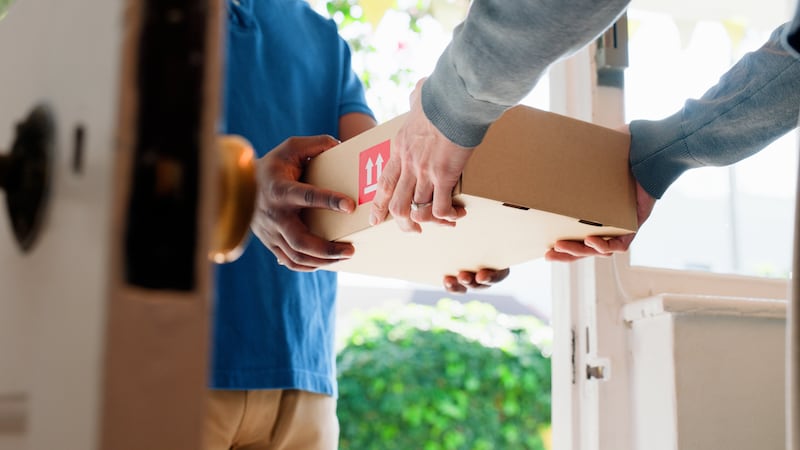The reminders remain constant. Worst of all was watching the All Blacks breeze through against Argentina last Friday in a semi-final sorely missing the Zombie Nation. Then there was their media schedule this week and imagining what might have been. Then, the Springboks wheeled out not one, but two Irish internationals in the week of a Rugby World Cup final - both a first and a second!
Paris and the World Cup just aren’t the same without Ireland and, of course, the hosts. The travelling Irish media corps having become skeletal, there has been even less sense of this being World Cup final week.
Saturday’s l’Équipe focused, yet again, on Paris St Germain and their upcoming home games against Strasbourg and Milan in the Champions League. The first 21 pages were devoted to Ligue 1 before six pages of rugby; this on the morning after the first World Cup semi-final and ahead of the second, in which France would have played but for their quarter-final defeat by the Springboks.
There are also far fewer All Blacks fans in Paris than was the case in 2007 when they moped around the French capital in mournful hordes of black with their team already home after their quarter-final loss to France.
Marching to their own beat, as usual, the All Blacks changed their media days from the media centre in Roland Garros to the exclusive olde world charms of their base in the Paris Country Club. Yet World Rugby did hold a press conference to announce their plans for a biennial international competition and an expanded 24-team World Cup in 2027, ensuring about four hours of travel by trains, buses and taxis to attend both.
Such is the cost-cutting approach of France 2023 and World Rugby to this World Cup that a final without either the hosts and best supported away side has suffered accordingly for profile.
Not that the Paris Country Club would have come cheaply for any rugby squad staying there. Located at the Portes de Paris, just ten minutes from Place de l’Étoile, the Paris Country Club describes itself as “a high-end private club” located in the heart of the Saint-Cloud racecourse in Hauts-de-Seine.
In addition to the four-star Renaissance Paris Hippodrome de St-Cloud hotel, the club has a wide variety of sporting, leisure and relaxation activities. These include a gym/fitness club, swimming pools, SPA, solarium, cinema, nursery, a tennis club with a host of indoor and outdoor courts, as well as the Golf de Paris, of about six holes, which is ringed by the St-Cloud racecourse.
On the last sunny day of the week, Jason Ryan, Dalton Papali’i and Shanon Frizell held court here on Tuesday, while Sam Cane sat through some TV interviews adjacent to the racecourse, and not far from the stables where King Louis XIV kept his horses.

By contrast, a 60km trek north of the city centre is where the Springboks held their media conferences this week, including Jean Kleyn on Monday and Felix Jones, on Wednesday, in the Salle Jeanne d’Arc, a 15-minute walk from the nearest train station in the grey suburbs of Presles, which certainly didn’t feel very Parisian.
Outside, above a statue of Jeanne d’Arc, is a plaque which was placed on the grey-stoned wall on May 4 2010 by the singer Charles Aznavour and the family of Pierre Roche commemorating their debut as a duet here in 1943. Noticed by Edith Piaf, the duo then accompanied her on a world tour.
Roche must have Irish ancestry but no amount of internet research could establish any. Born in Beauvais in northern France in 1919, Roche was a pianist and composer, as well as a singer, and while performing in a cabaret in Montreal with Aznavour met and fell in love with young French-Canadian singer Jocelyne Deslongchamps, who would later be known as Aglaé. They married, and after Aznavour pursued a solo career in 1950, Roche and Aglaé became a duet, returning to France, before settling permanently in Quebec in 1963, where Roche died in January 2001. Aznavour had a hugely successful career and passed away in 2018 at the age of 94.
The interior of the old music theatre looks as if it hasn’t changed one iota and brought to mind the theatre in The Godfather II scene where the young Vito Corleone, played by Roberto de Niro, is taken by his friend Clemenza to an operatic play featuring an actress he has his eye on, and where they first encounter the local crime boss Fanucci, whom Vito subsequently kills.
This setting for the ‘Boks press conferences appears even more surreal by the curious variety of music being played beforehand, and by Kleyn, Jones et all being perched on chairs behind a table on the stage with the burgundy curtains have been drawn.
[ Bundee Aki nominated for World Rugby player of the yearOpens in new window ]
There were only 25 or so journalists present, along with about half a dozen TV crews, which is possibly just as well as this Salle Jean d’Arc couldn’t fit a whole lot more. The Springboks press conferences have generally been more giving than the All Blacks, and much less rushed than Ireland’s. It still seems curiously small for the week of a World Cup final, the build-up to which has been shrouded by that unsavoury saga surrounding Tom Curry’s claims of being racially slurred by Bongi Mbonambi.
Andy Colquhoun, SARU’s general manager of corporate affairs, deflected any questions on the affair, or kantgate as it’s been called in South Africa, although surprisingly Rassie Erasmus has kept a low profile. Perhaps the Mbonambi/Curry narrative is playing into his and the Boks’ us-against-the-world mentality, but the build-up could have done with a little input from Rassie.
Summer have long since given way to a cooler, wetter autumn, it’s been a long week to cap a long two months.


















